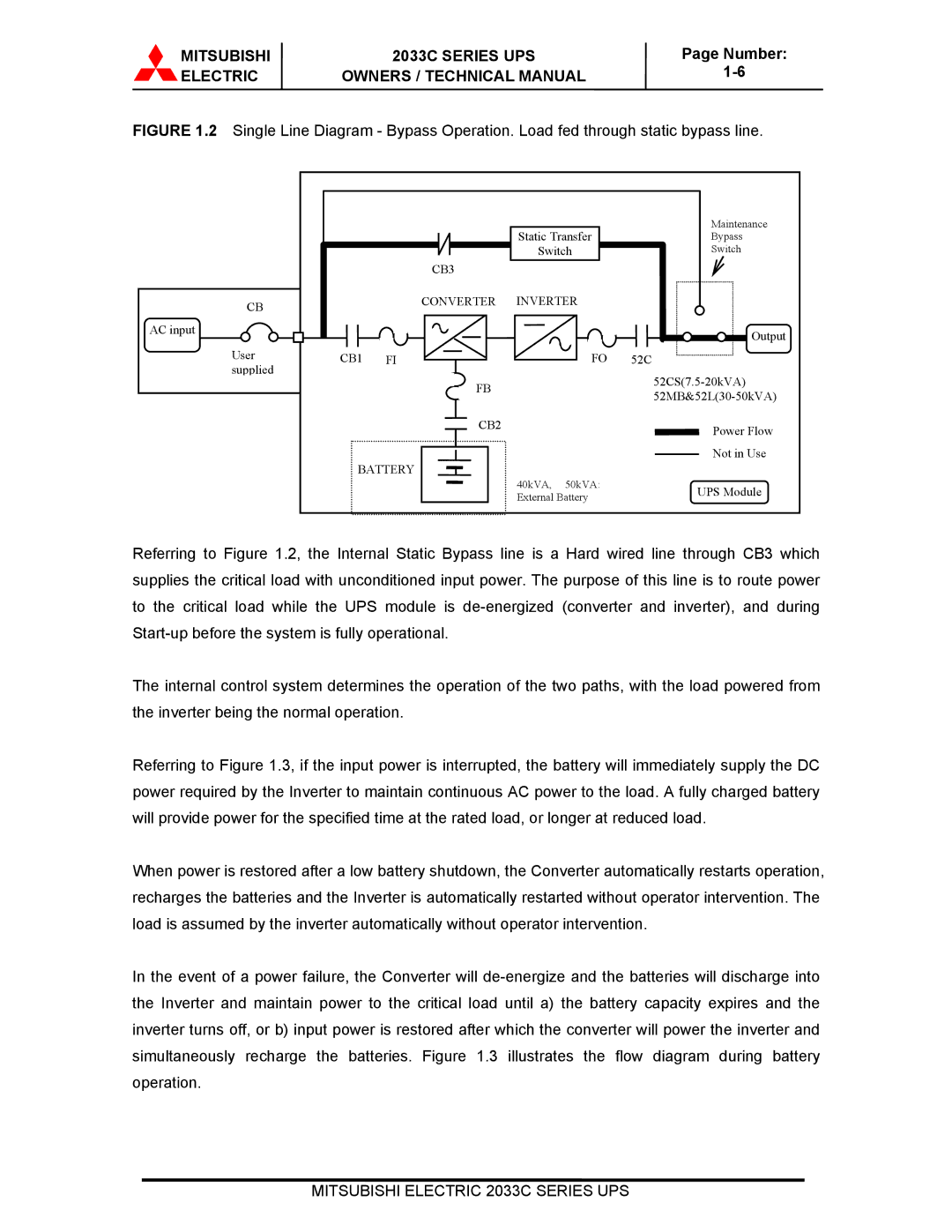2033C specifications
The Mitsubishi Electronics 2033C represents a significant advancement in the realm of consumer electronics, particularly in the fields of home appliances, smart technology, and energy efficiency. This innovative model is designed to meet the needs of a growing tech-savvy population while seamlessly integrating within the modern home ecosystem.One of the standout features of the 2033C is its cutting-edge smart technology integration. Equipped with Mitsubishi’s proprietary AI-driven management system, the 2033C learns user preferences and routines to optimize performance and enhance user experience. This technology not only improves usability but also provides real-time energy consumption data, allowing users to make informed decisions about their energy use, significantly lowering their carbon footprint.
The device comes with enhanced connectivity options, including Wi-Fi and Bluetooth capabilities. This enables users to control the unit remotely through a dedicated app, which offers a range of functionalities such as scheduling, temperature adjustments, and maintenance alerts. Furthermore, the app features voice command functionalities compatible with popular smart home platforms, making it a versatile component within a smart home environment.
In terms of energy efficiency, the Mitsubishi 2033C boasts an impressive Energy Star rating, indicating its commitment to sustainability. It incorporates advanced inverter technology that allows for precise control over power usage, adapting seamlessly to varying loads and ensuring optimal performance even under demanding conditions. This, combined with its intelligent temperature management system, ensures that the device operates using the least amount of energy possible while maintaining peak performance.
The design of the 2033C emphasizes both functionality and aesthetics. Its sleek and modern appearance allows it to blend seamlessly into any interior décor, making it an attractive addition to any space. Additionally, the device features a user-friendly interface, simplifying operation and reducing the learning curve for new users.
Durability is another key characteristic of the Mitsubishi 2033C. Its robust construction is designed to withstand the rigors of everyday use, ensuring long-lasting performance with minimal maintenance. The materials used are also environmentally friendly, reflecting Mitsubishi's commitment to sustainable manufacturing practices.
In summary, the Mitsubishi 2033C is a testament to the brand's dedication to innovation and sustainability. With its smart technology, energy efficiency, superior build quality, and aesthetic appeal, it stands out as a leading choice for consumers looking to enhance their lifestyle through advanced, eco-friendly technology. As we move further into an era of smart homes, the 2033C positions itself as an essential component for modern living.

